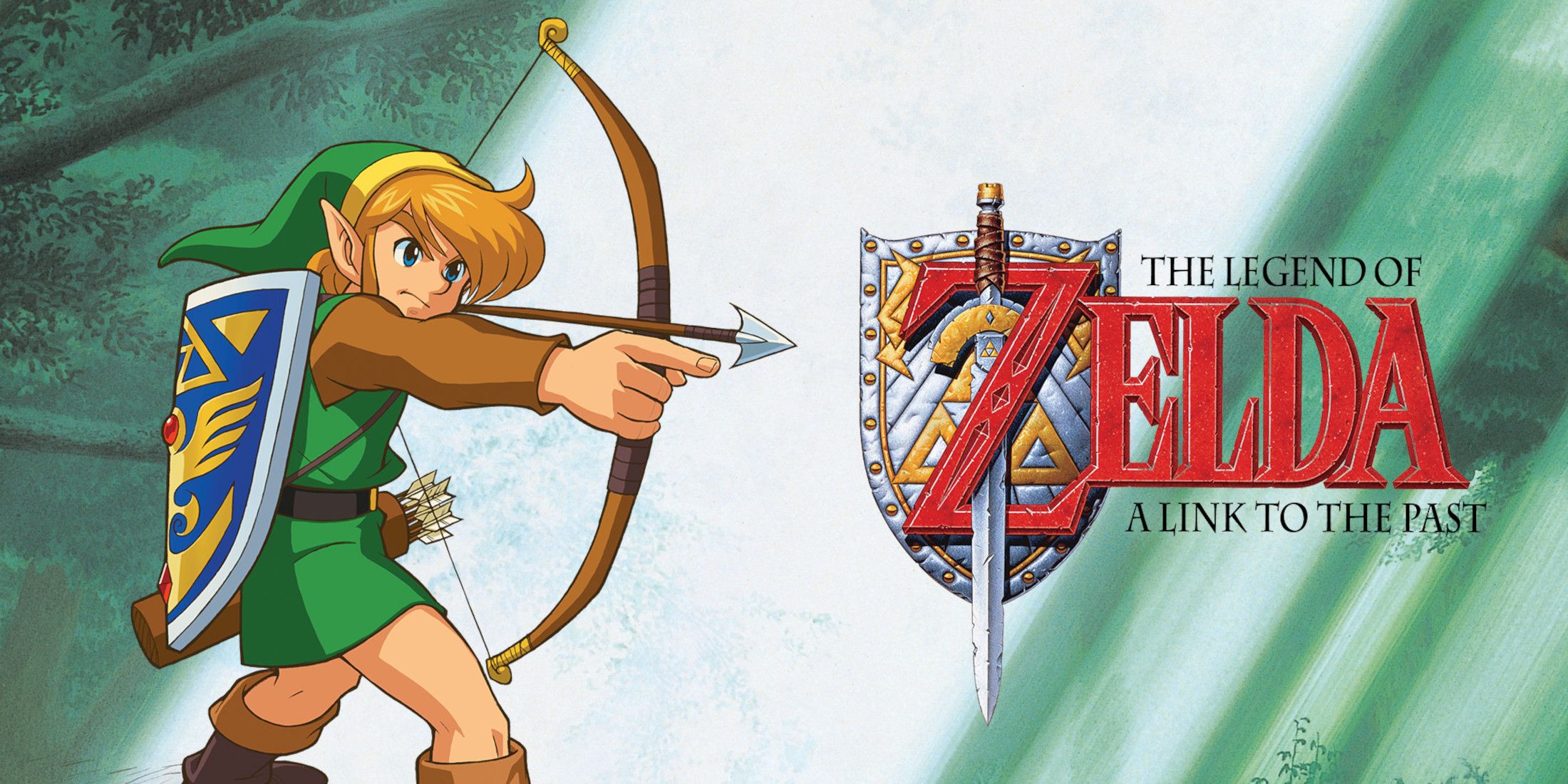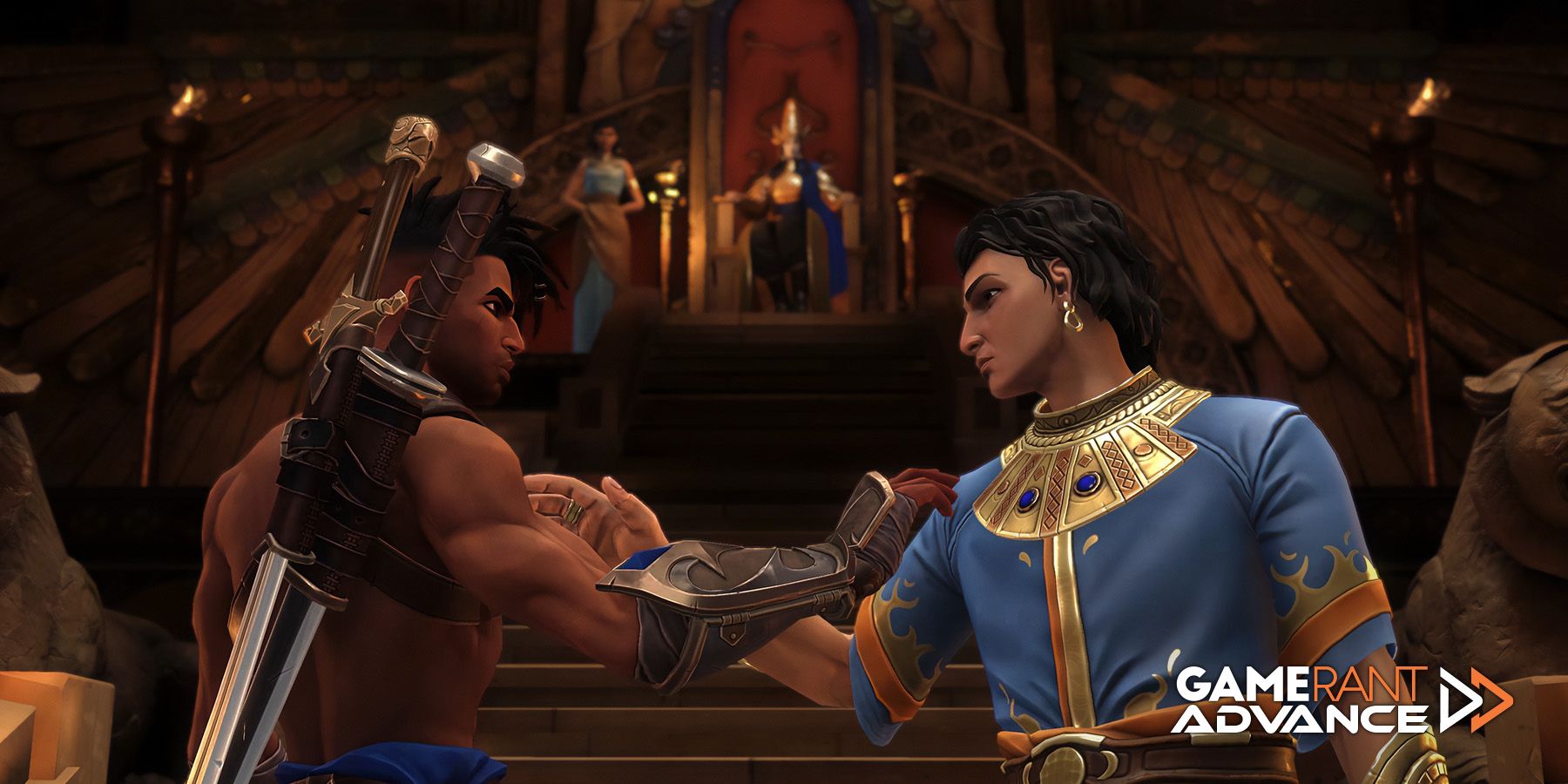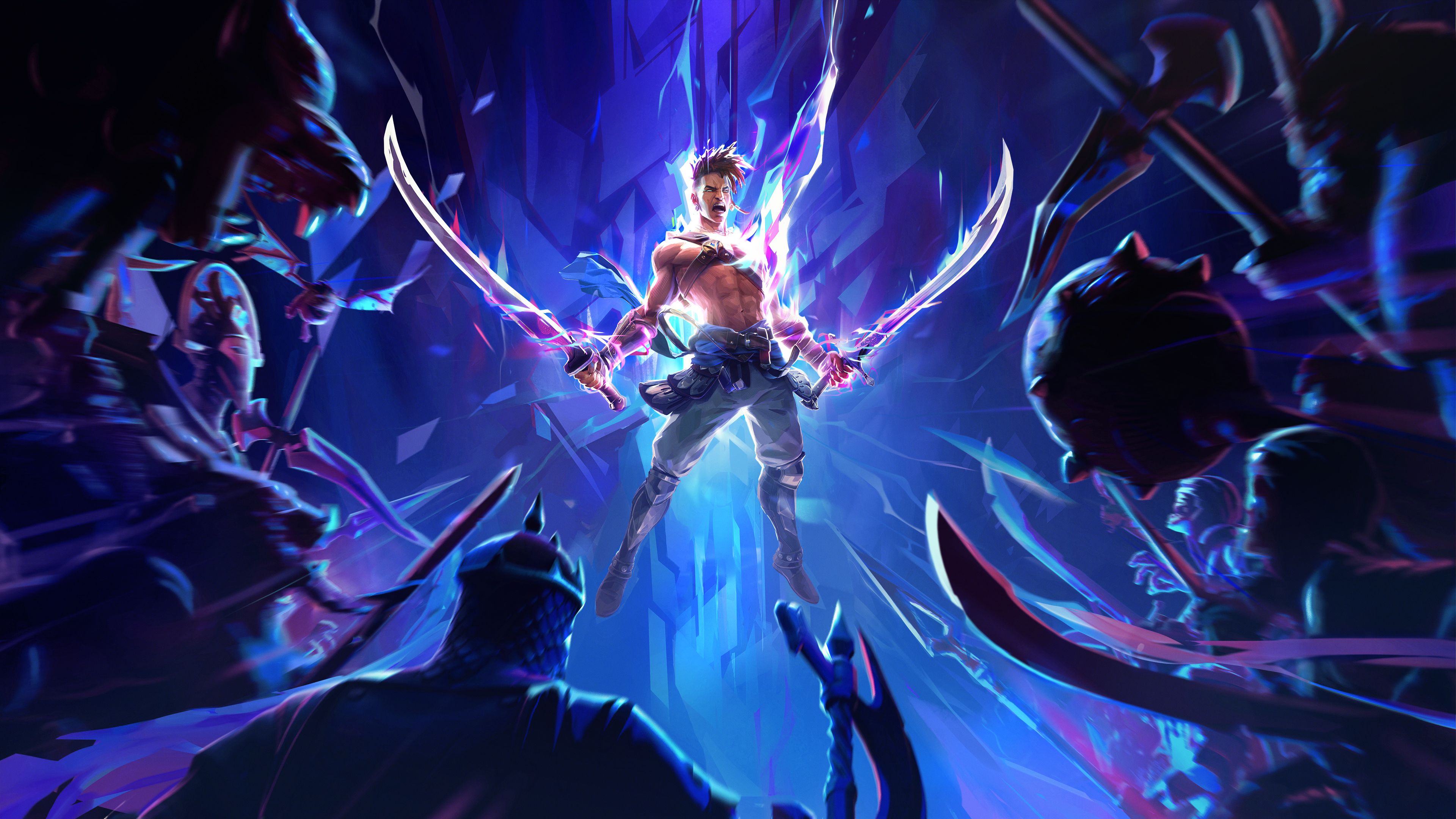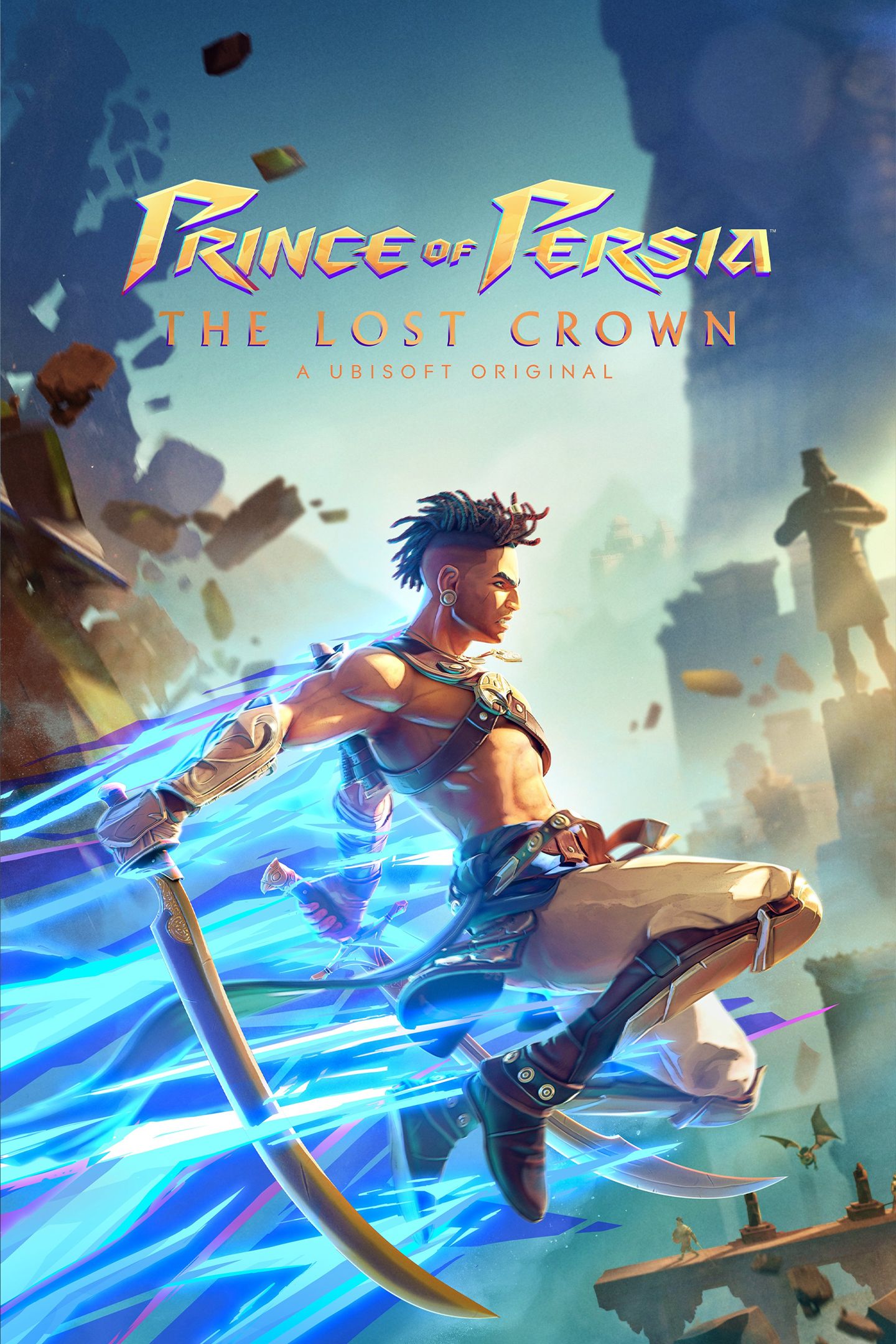Since 1989, players have stepped into the sandals of the titular Prince of Persia time and again, adventuring through a fantastical version of Middle Eastern history. Longtime fans have been on plenty of adventures in this setting, but every time they have done so, it has been as the unnamed "Prince." After 35 years, Prince of Persia: The Lost Crown finally gives a name to one of gaming’s most iconic princes, Ghassan.
In creating The Lost Crown, Ubisoft Montpellier turned its focus to the initial Prince of Persia in a number of ways, seeking to evolve its formula into the modern era of gaming. An example of this is the inclusion of Metroidvania elements into the classic action-adventure platforming format of Prince of Persia titles. Another important evolution is how Prince of Persia: The Lost Crown will push the envelope of storytelling for the franchise, going off in new directions and flipping the script of the core premise (the Prince is being rescued vs. rescuing a Princess). This intensity of narrative focus goes hand-in-hand with the decision to finally name Prince Ghassan, narrative and animation director Jacques Exertier told Game ZXC in a recent interview.
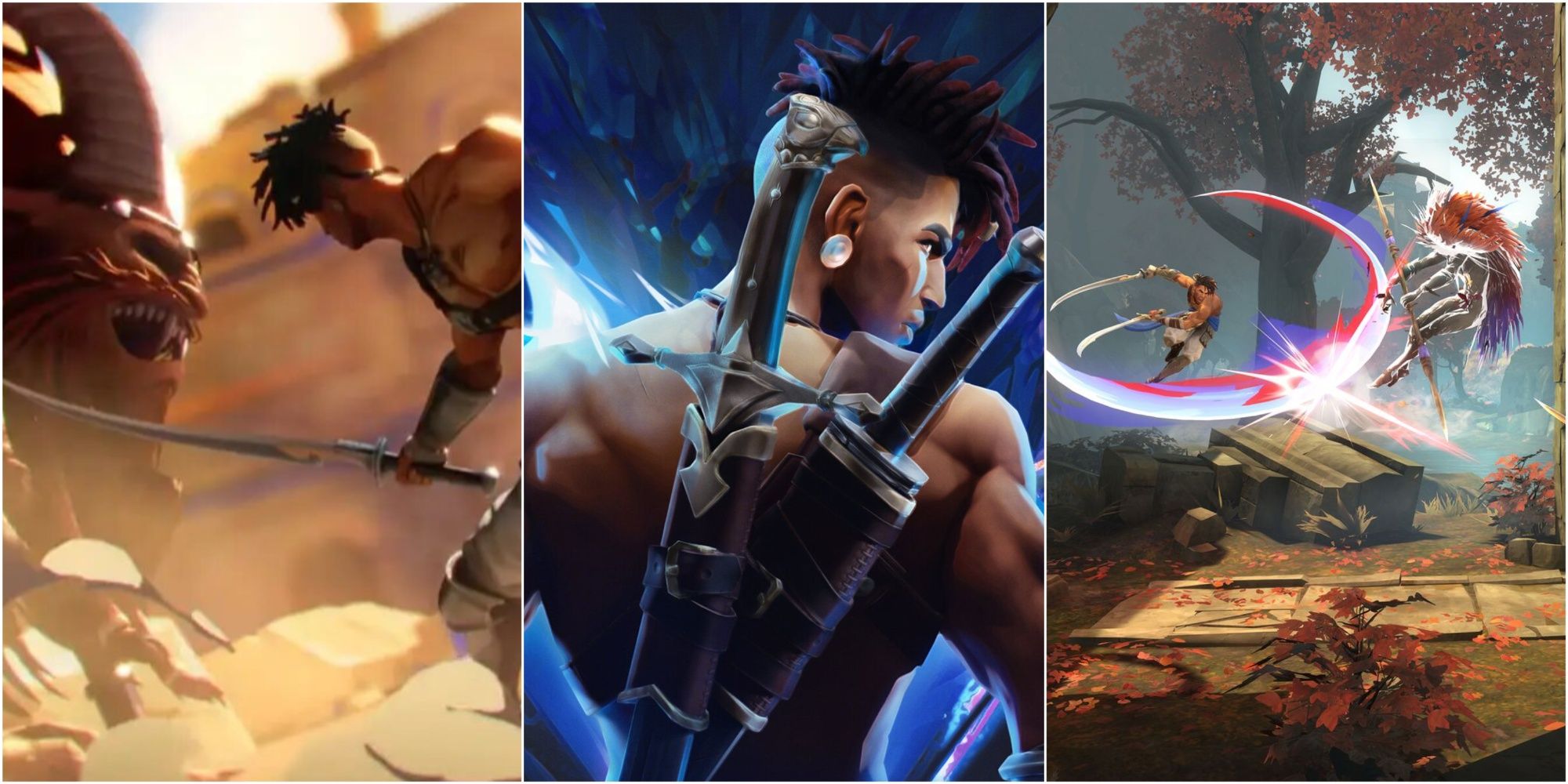
7 Ways The Lost Crown Is Different From Previous Prince Of Persia Games
While Prince of Persia: The Lost Crown is harkening back to the roots of the series, there are also many ways it stands apart from previous games.
Jacques Exertier explained how story evolution is critical in evolving what being a Prince of Persia game means, and the decision to name Ghassan came from multiple cascading, yet simultaneous elements. Chief among them was the choice for players to not take on the role of the Prince, but one of the warriors sent to rescue him.
The player will find many elements they loved in previous installments but in a renewed manner. While respecting the core pillars, we chose to put a twist on some of the brand's fundamentals. Indeed, this time, having the Prince himself and not a female character in the role of the one to be saved seemed interesting to us. These initial and foundational decisions have guided us significantly, presenting us with new choices and leading us to explore new directions in the narrative.
In twisting the tired damsel-in-distress trope and putting Ghassan in danger, Prince of Persia: The Lost Crown steps away from its history of embodying the narrative beat. With Prince Ghassan in need of rescue, the player needed to inhabit the role of someone else. In this case, that’s the warrior Sargon, the most recent addition to the Immortals who are protectors of Persia's throne. Sargon brings his own unique abilities as an Immortal, so that his identity, his gameplay, and his story differs from Princes past. In that, it was important for Ubisoft to make it as simple as possible for players to discern Sargon from the Prince. The easiest way to do that is with names.
Continuing to flip the script, supporting each character with their own identity, and making sure there was no confusion between Sargon and Ghassan led developers to finally name the titular prince, 35 years later. In fact, this choice was made early in the development of Prince of Persia: The Lost Crown.
This, in turn, fuels the deeper narrative found in Prince of Persia: The Lost Crown. As opposed to classic side-scrollers which use action and perspective largely to carry their narrative function, the developers at Ubisoft Montpellier have leaned in on cinematic storytelling as well.


